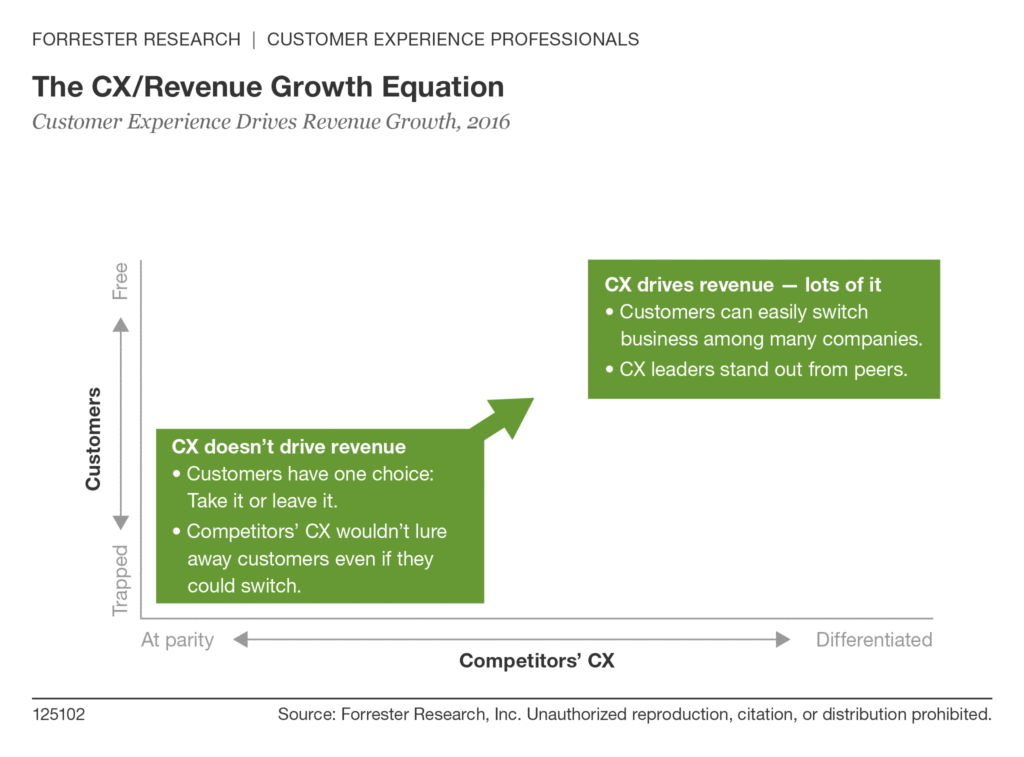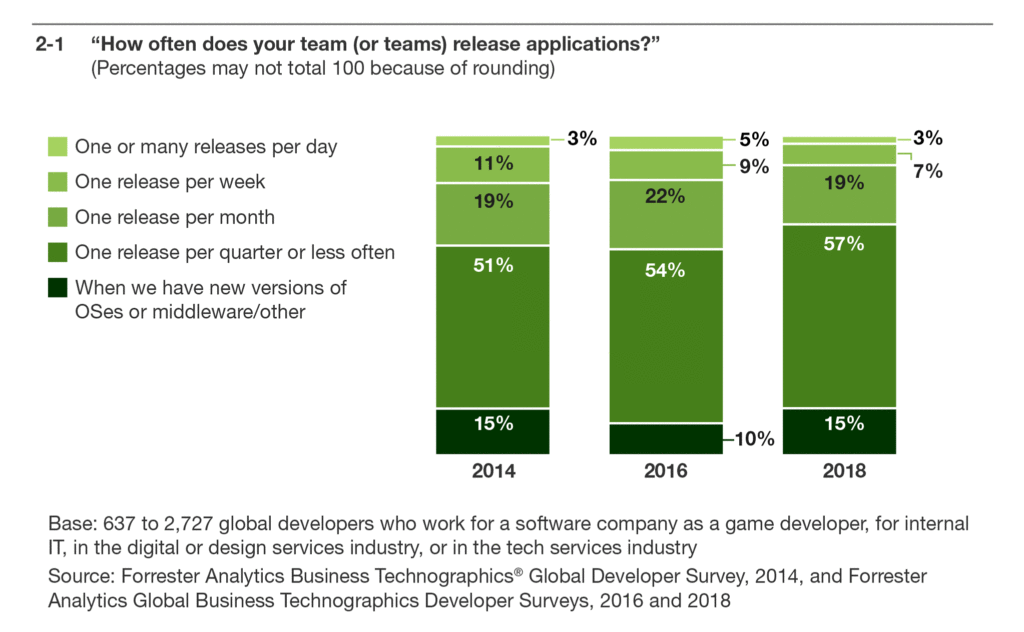The Rise, Fall, And Rise Again Of The Integrated Developer Toolchain
- By Christopher Condo, Forrester
- May 20, 2019
The recent merger of CloudBees and Electric Cloud is a sign of the times in the world of DevOps as integrated DevOps solutions come back into vogue. Not too recently, this would have been looked down upon as a step in the wrong direction when it comes to innovation and providing value to developers. But why is that? What’s wrong with an integrated toolchain, and why is it taking so long for vendors and users to come around to them or for vendors to offer them? After all, DevOps as a term itself has been around for about 10 years, so what’s the sticking point?
The Dawn Of The Integrated Toolchain
To understand these questions, we need to set the Wayback Machine to the decade of the ’90s, when the full stack developer automation toolchain was being born. Source code repositories certainly existed, but the automation of continuous integration, unit test, and deployment did not. Those types of automata would come later in the early 2000s as teams from HP, IBM, Micro Focus, and Microsoft created full stack automation tools that managed source code integration, executed unit tests, automated functional tests, and packaged software in a manner that was ready for production. This all sounded great on paper, but it was expensive, not extensible, and captive — meaning once you bought into this toolchain, there was no easy way to get out. Proprietary standards and integration points made it difficult at best to variate from the prescribed toolchain. These tools were also designed to be managed by IT administrators and not their users, the developers writing and building the code.
Let’s think about that for a minute in terms of customer experience, where the customer is our hero, the developer. Forrester’s Customer Experience Index (CX Index™) draws a correlation between freedom of choice and customer satisfaction. This chart from our report, “Customer Experience Drives Revenue Growth, 2016,” still holds true today. Customers don’t want to be locked in; they want the freedom to choose differentiating products that work best for them.

The Rise Of The Best-Of-Breed Toolchain
The same holds true for software automation tools. Developers want to pick and choose those tools that work best for their solution space, whether it be Java-based microservices or mobile iOS applications — which brings us to the fall of the captive toolchain and the rise of the best-of-breed toolchain, one filled with open source products free to download, such as Git, Jenkins, JRunner, Sonar, and Chef (to name a few), designed for teams that don’t mind picking and choosing tools best suited for them to execute the workloads at hand, all for free without captive rules that they previously lived under. Interestingly, while this best-of-breed model has provided freedom of choice to developers, it’s also (more importantly, in some ways) been the cradle of DevOps innovation. One tool after another has entered the market to either perform new tricks, such as free feature flagging tools like ff4j, or find new approaches to old problems like Travis CI and its no-ops approach to managing continuous integration. Today, there are literally hundreds of DevOps tools causing many a developer to be the proverbial kid in a candy store, loading their goody bag with every free tool they can get their hands on.
Integrated Toolchain 2.0
That’s where our story shifts back to the present: As the goody bags filled with tools, integration woes mounted like a stomachache from the combination of too many M&M’s, Skittles, and candied cigarettes. These tools just didn’t go together very well. They required effort to integrate and maintain — in our report, “Cloud-Based DevOps Tools Are Ripening Quickly,” we noted that many dev teams were seeing a “DevOps tax” on their team of approximately 10%, meaning 10% of their dev team was devoted to maintaining the DevOps toolchain. Yet this expenditure on tools and effort has not enabled teams to accelerate at paces necessary to improve their innovation ability. In our report, “CEOs: Foster The Software Teams And Talents Your Firm Needs,” Forrester Analytics data indicates that while DevOps tools have proliferated, release velocity remained stagnant for the last five years.

And this is where DevOps tool vendors now see opportunity. The mounting tax of maintaining tools has grown so extensive that offering an all-in-one solution may just be the trick to get development teams unstuck and the innovation train rolling even faster. In the past year, we’ve seen the following DevOps mergers:
- Microsoft acquiring GitHub
- JFrog acquiring Shippable
- Atlassian acquiring AgileCraft
CloudBees acquiring Electric Cloud
So what’s happening? An economics expert will probably tell you that consolidation is the natural outcome of a maturing industry, and that’s probably very true, but there’s also a sense that as DevOps is maturing, it’s also exploding with growth and innovation at an accelerating pace as new tools and technologies, powered by cloud and AI-plus-machine-learning enter the space. That means the time is now ripe for complete CI/CD (continuous integration/continuous delivery) toolchains that provide a base level of functionality from which more automation can be built upon. Whether it’s live debugging tools, AI-infused release processes, automated test generators, or value stream management tools, they all require this foundation to exist in order to provide value.
DevOps Tool Consolidation Will Continue — Look For Those With Open Standards
Vendors that can create compelling DevOps solutions that offer a pre-integrated DevOps foundation yet do so with open standards will gain favor with customers. Developers and/or DevOps teams will see this as one less hurdle to cross as they strive to accelerate the delivery of innovation while doing less to maintain the tools needed to get them there. It will also free up time for teams to experiment with new technologies that they are currently too busy for. Alternatively, vendors that don’t allow freedom of choice and revert to a captive, exclusive approach will suffer. No matter how good their tools are, the DevOps marketplace will outpace them. Teams who buy these exclusive toolchains will feel locked out of the innovations happening all around them and will feel betrayed by their vendor.
Christopher Condo, senior analyst, Forrester authored this article, which can also be found here.
The views and opinions expressed in this article are those of the author and do not necessarily reflect those of CDOTrends.









